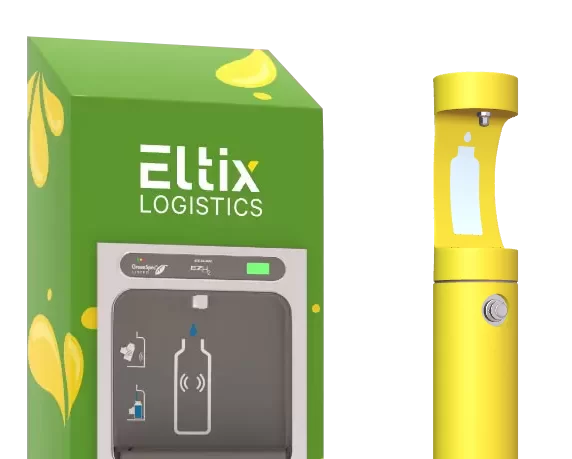 24th Mar 2015 by MIW Water Coolers
24th Mar 2015 by MIW Water Coolers
How Can We Improve Hydration In Schools?
Two thirds of our body mass is made up of water
If you’re visiting the MIW Office Solutions blog, the chances are you will probably already know that approximately two thirds of our body mass is made up of water. Water is used in everything from the digestion of food to the regulation of body temperature, as well as providing the basis for almost every chemical reaction that takes place inside of our bodies. This essential substance is necessary not only for physical health, but also for cognitive functioning and mental development – especially for young children. This is why it is so essential that children have access to adequate hydration facilities during their time at school.
What happens when we’re dehydrated?
Regular hydration is essential for proper physical and mental functioning at any age, but especially so for young children who are learning and developing at a much faster rate. Research carried out between 2004-5 showed that just 2% dehydration can cause impaired cognitive functioning, reduced physical performance, headaches and other symptoms of fatigue. Regular dehydration in the long-term can also lead to more serious health issues like high blood pressure, constipation and even coronary heart disease.
How much water do school children need?
As a rule of thumb, children should aim to drink between 6-8 glasses of fluid per day. For younger children each glass can contain 120-150ml, but for older children the recommended amounts increase to 250-300ml servings.
However, the amount of water needed by a child depends on a number of factors. As well as age and gender, hot weather and physical activity can both affect our hydration needs – it is worth remembering that children are less heat tolerant than adults, and that water is essential for their growth and development. Thus, it makes sense that children will need more water when the temperatures rise near the end of the school year, or immediately after exercising in PE lessons.
Are children staying hydrated throughout the school day?
One in five attributed this to a dirty or broken fountain, and 21% said blamed the fountain being too far away.Despite our knowledge of hydration and its necessity for learning, it appears that not all school children are drinking enough water. A survey of 2,000 parents by the Natural Hydration Council (NHC) found that 67% of children aren’t allowed to leave lessons to take a drink, and less than half actually use drinking fountains throughout the day.
How can we improve hydration in schools?
Whatever the case, these issues can be tackled with the installation of one of the many drinking fountains and bottle fillers available here at MIW. We stock models of all shapes and sizes – from recessed bottle fillers for small corridors to outdoor drinking fountains for the playground – so a convenient location can always be selected for installation. All of our products are also manufactured to resist corrosion, trap dirt before it reaches the waterways, and generally provide excellent hygiene and longevity.
Schools can also minimise interruptions to lessons by allowing children to bring their own water bottles. Models like the HTHB-1800-80 dispense laminar flow of up to 340 litres per hour, making it easy for children fill up their bottles for regular hydration without their learning time being cut short.
Do you think that school children drink enough water? Should more schools allow children to leave lessons for a quick drink?











